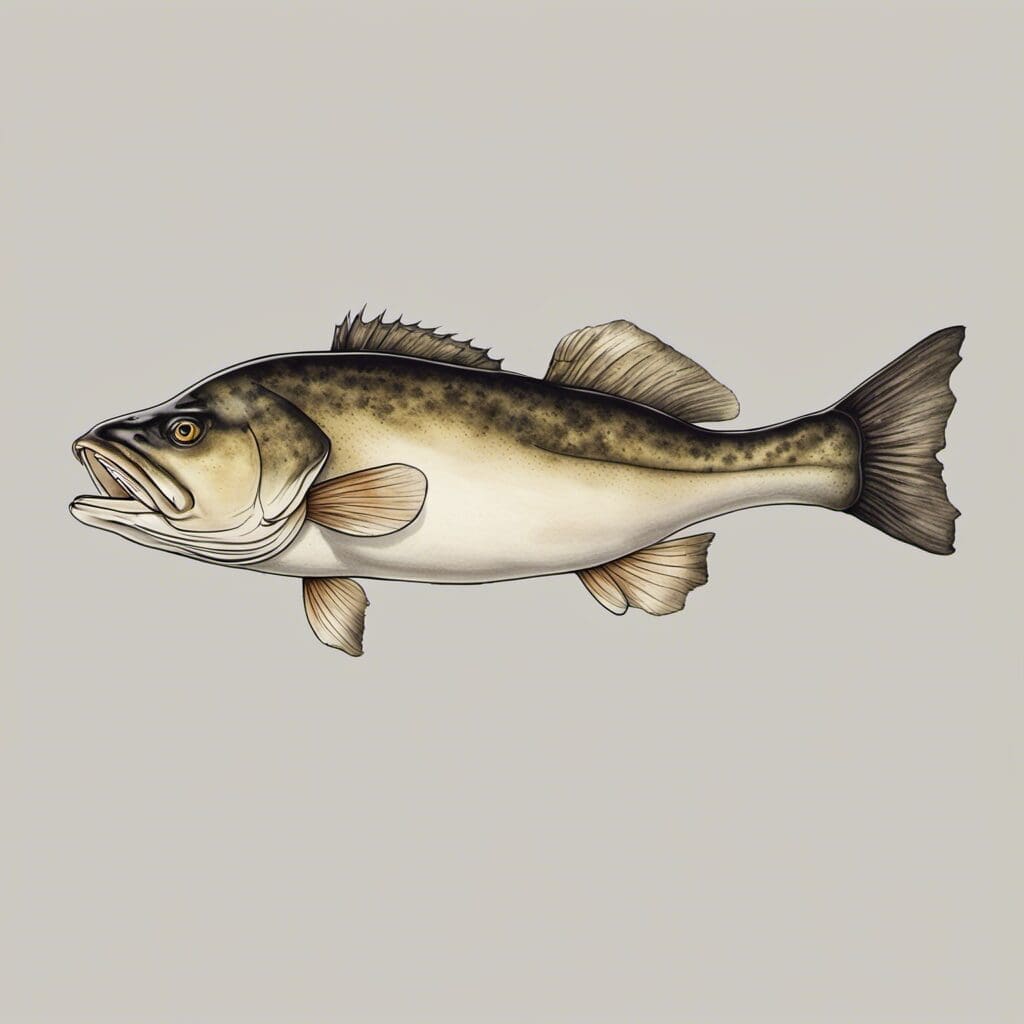Introduction
The Pacific Cod, scientifically known as Gadus macrocephalus, belongs to the family Gadidae. This species, also known as the Grey Cod or Greyfish, is well known for its economic and culinary significance.
Conservation Status
The Pacific Cod is classified as “Vulnerable” by the International Union for Conservation of Nature (IUCN). Overfishing, climate change, and habitat destruction are the primary threats to this species. Conservation efforts include implementation of stringent fishing regulations and habitat protective measures.
Statistics
| Characteristic | Average | Range |
|---|---|---|
| Length | 60 cm | 18 - 110 cm |
| Weight | 6.8 kg | 1-15 kg |
| Average Lifespan | 18 years | N/A |
Distribution
The Pacific Cod is commonly found throughout the North Pacific Ocean, particularly around the coasts of Japan, Korea, and Alaska. Typically, they migrate from shallow waters during summer to deeper waters in the winter.
Habitats
Pacific Cod prefer saltwater environments and are most commonly found at a depth range of 30-200 meters. They thrive in temperatures between 3°C and 15°C.
When and Where to See
The Pacific Cod is known to migrate in the summer, so it is typically spotted in shallow waters around this time. The best time to see them can be either dawn or dusk.
Best Fishing Locations
- Gulf of Alaska, USA
- Aleutian Islands, USA
- Bering Sea, USA/Russia
- Sea of Okhotsk, Russia
- Sea of Japan, Korea/Japan
Tips for Successful Fishing
If you’re unsure of the location, look for rocky or sandy bottoms in cooler waters as Pacific Cod often inhabit these areas.
How to Catch
Pacific Cod are known to bite at herring, squid, and crab, making these ideal baits. Bottom fishing and jigging are recommended tactics. The best time to fish is early morning or late evening, particularly in summer and early fall.
Identification Guide
Pacific Cod are often ash gray, with a white belly. They are recognized by their long dorsal and anal fins, and a barbel or whisker on the lower jaw.
Culinary Profiles
Pacific Cod is recognized for its savory, mild taste and firm texture. It is a popular ingredient in fish and chips. It is also a great source of low-fat protein, vitamins B12 and B6, and minerals like magnesium, potassium, and selenium.
Additional Information
Pacific Cod are opportunistic feeders, consuming a variety of crustaceans, fish, and invertebrates. Their main predators are seals, larger fish, and humans.

